| Lesson 4 | Connecting directly through a cable |
| Objective | Create a direct cable connection to another computer. |
Share Information between two Computers using direct Cable Connection
In 2024, it is not very common to share information between two computers using a direct cable connection. Most data sharing is done over wireless networks (Wi-Fi, Bluetooth) or through cloud-based services, which offer more convenience and flexibility. However, direct cable connections (like Ethernet or USB) are still used in specific scenarios where high-speed data transfer, low latency, or enhanced security is required. These might include:
Overall, while not as common as wireless or cloud-based methods, direct cable connections remain a practical solution in certain circumstances.
- Large file transfers: For moving large amounts of data quickly, a direct cable connection can be much faster than wireless methods.
- Secure environments: In environments where security is a high priority, direct connections can minimize the risk of data interception.
- Temporary setups: When setting up new systems or troubleshooting network issues, direct connections can provide a reliable link for configuration and testing.
Overall, while not as common as wireless or cloud-based methods, direct cable connections remain a practical solution in certain circumstances.
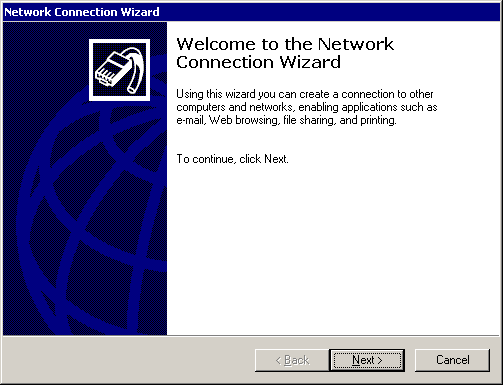
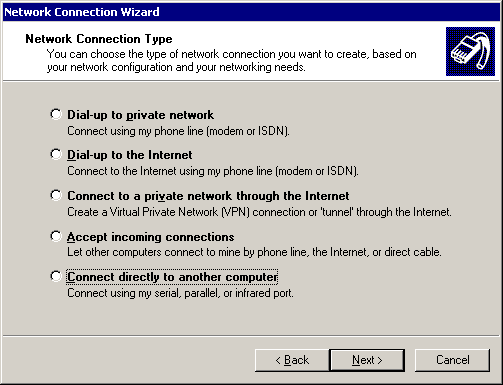

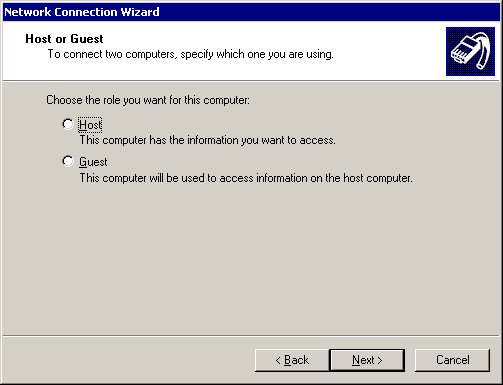
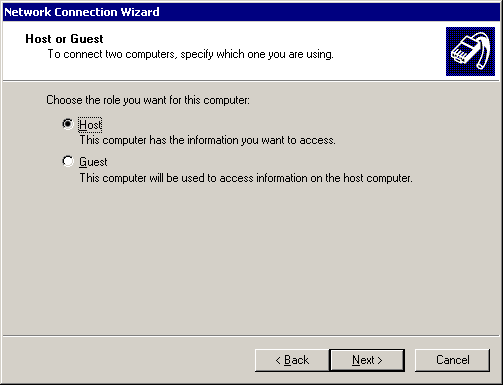
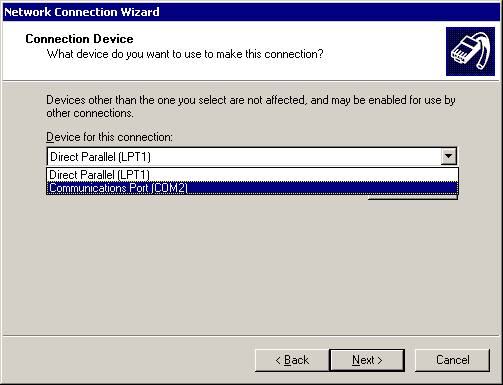
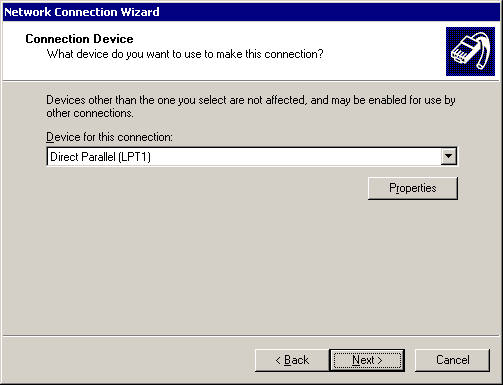
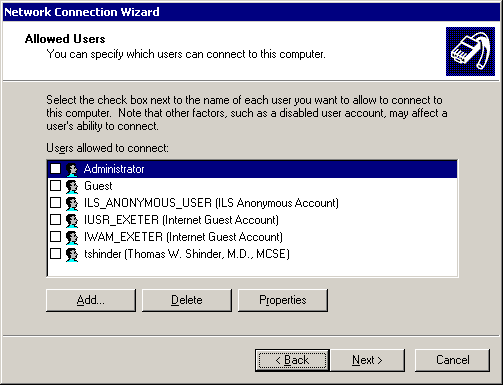
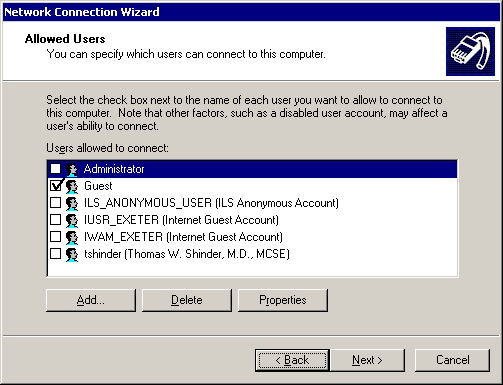
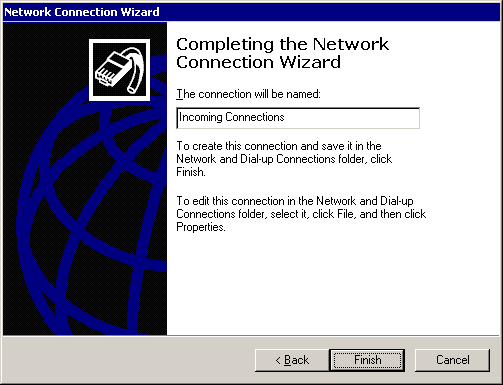
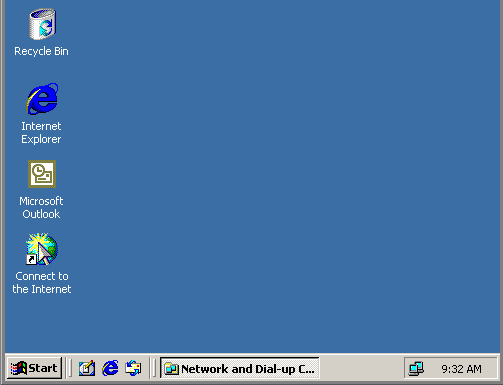
- For the purposes of this simulation, the Network Connection wizard has been opened for you. Click Next.
- Next
- Click connect directly to another computer.
- click...
- Click Next.
- Next
Creating Direct Connection
- For the purposes of this simulation, the Network Connection wizard has been opened for you. Click Next.
- Click connect directly to another computer.
- Click Next.
- For the purposes of this simulation, you will configure your compter to be the host for the connection. Click Host. If you wanted your computer to be the guest for the connection, you would click Guest.
- Click Next.
- For the purposes of this simulation, we have opened the Device for this connection drip-down. Select Direct Parallel (LPT1).
- Click Next.
- For the purposes of this simulation, you will make the connection available to all users of this computer. Click Guest.
- Click Next.
- Note that the default name of the connection is Incoming Connections. You have created the server side of the direct connection, The next step is to create the client side. Click Finish.
- This completes the Simulation. Click the Exit button.
Outbound Connection - Exercise
ick the Exercise link below to practice configuring an outbound connection.
Outbound Connection - Exercise
Outbound Connection - Exercise